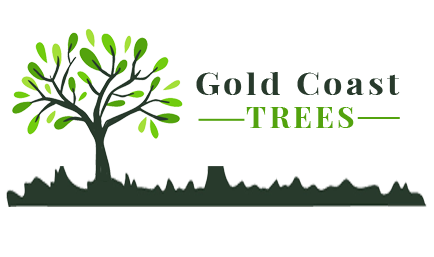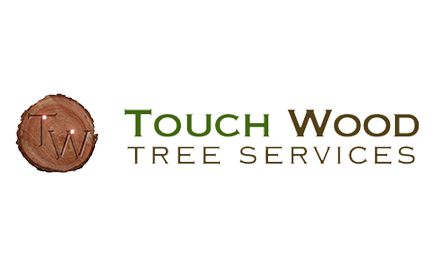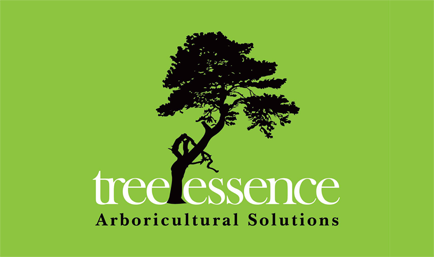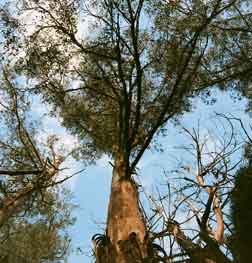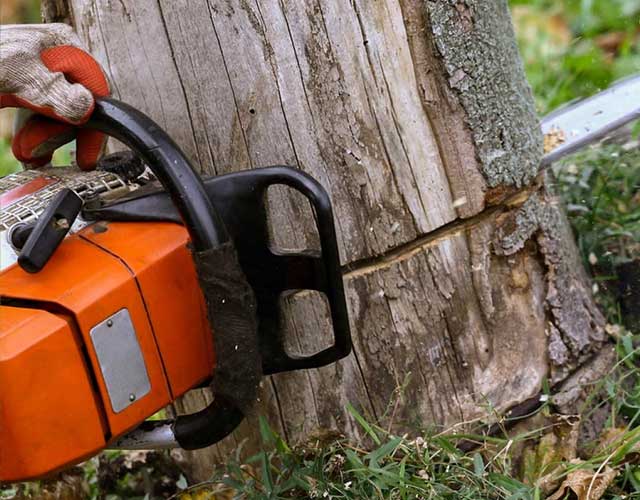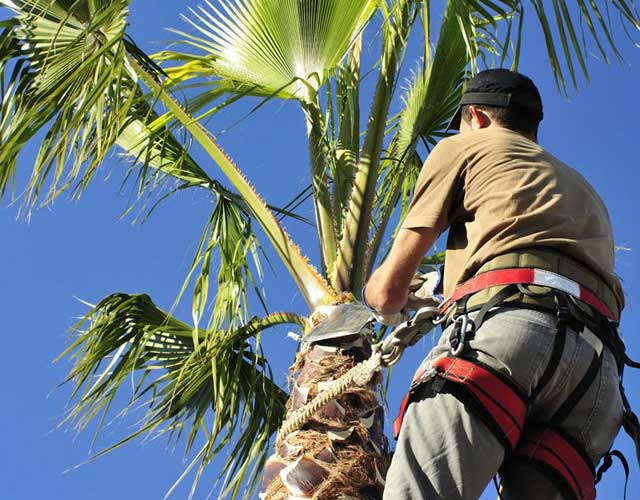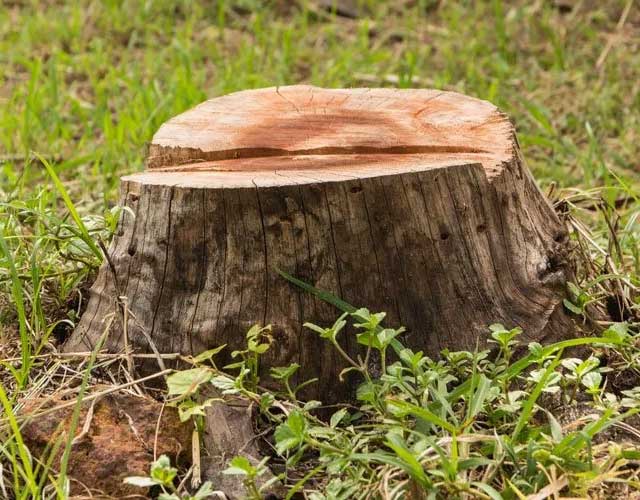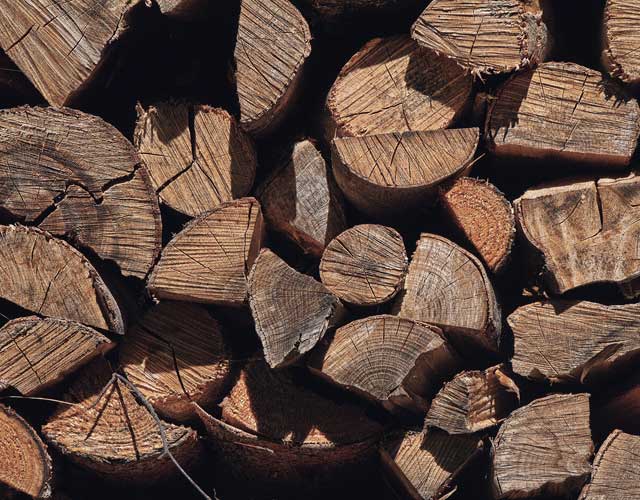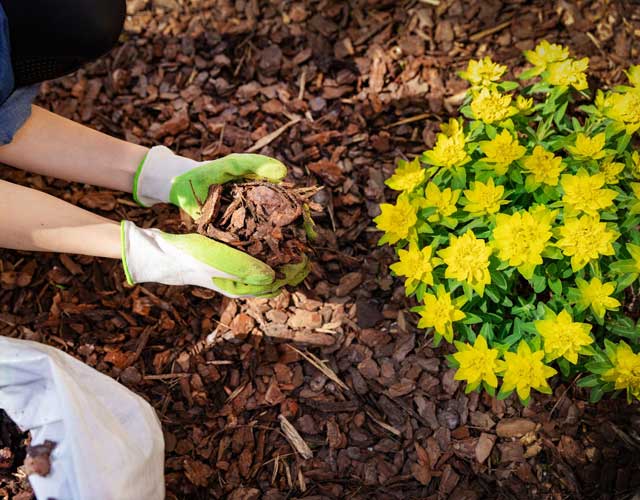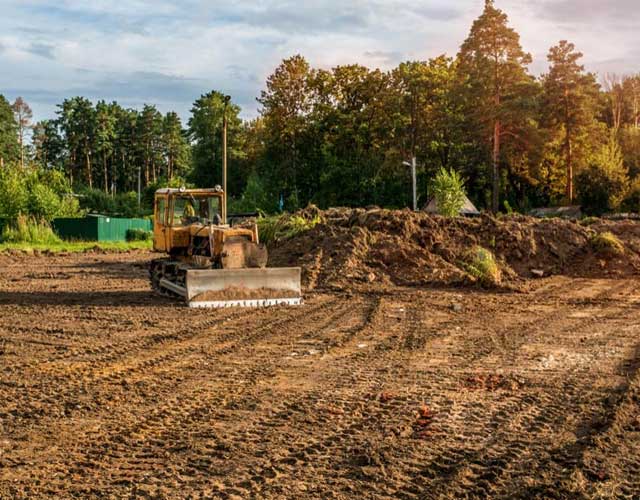CARRARA MERRIMAC TREE LOPPING
PROFESSIONAL
TREE LOPPING IN CARRARA MERRIMAC
The arborist teams at Gold Coast Tree Service have been providing experienced tree pruning and tree trimming in Carrara Merrimac and surrounding Gold Coast areas since 2010. They offer an extensive range of tree management services, backed up by fully trained and friendly staff, first-class equipment and affordable rates.
Our tree experts have a love and passion for the maintenance and care of trees. Specialist tree surgeons are fully trained with extensive experience in servicing native and exotic trees, while being equipped with the latest equipment, techniques and tools to deal with trees of all size and species.
Tree Lopping Vs Tree Pruning
Pruning is a vital aspect of tree maintenance. Regular and correct pruning can increase the life expectancy of trees, by keeping them healthy, disease fee, structurally sound and with controlled growth.
It is generally assumed among most people that tree lopping and tree pruning are interchangeable, however that's far from being correct. Tree lopping and tree pruning do refer to the removal of branches. Where the two methods differ, is in the techniques and purpose of the removal, and the end results they achieve.
Tree Lopping refers to the reduction of a tree's size, by the indisciminate removal of it's branches, normally because a tree has grown too large and is blocking views, growing too close to buildings or power lines, or dropping leaves in gutters.
National Tree associations advise against tree lopping due to a range of issues including:
- Places considerable stress on the tree
- Does not comply with Australian Standards exposing legal issues
- Diminished tree health or death due to reduced food production
- Removal cost should lopping result in the death of the tree
- Spoils the natural shape and appearance of the tree
- Not cost effective, as regrowth will soon follow
- Major increase in maintenace costs
- Dangerous for workers to perform
- Reduced property value due to disfigured appearance
- Wounds increase the risk of decay, pest infestation and disease
- Increase in the risk of storm damage
- Remaining branches can be seriously scalded or sunburned
- Reduces the strength and stability of new branch growth
On the other hand, tree pruning will enhance the shape of a tree by the correct removal of branches that are weak, diseased, damaged, dead or growing faster than others. Pruning can restore and maintain a tree's health, and extend the tree's life.
Should a tree's size be presenting safety issues, tree removal may be the best option with the tree replaced with a more suitable species.
Reasons For Tree Pruning
Pruning is much more than sawing off tree's limbs, as proper pruning gives aethetic appeal to a tree by removing damaged branches, improving health, increasing flower production, improving fruit production, encouraging strong growth and enhancing natural shape.
It's critical to know how to prune and when to prune, as it's possible to kill a healthy tree through over-pruning, incorrect pruning, pruning at the wrong time, or neglect. The main reasons for pruning trees include:
- Direct growth away from structures
- Remove dead or diseased limbs
- Improving fruit production
- Reduce wind resistence
- Reduce limb and branch failure
- Reduce leaf litter in gutters
- Stimulate healthy growth
- Improve canopy light penetration
- Reduce risks of damage or injury
- Maintain desired size, form and shape
- Maintain structural integrity
- Power line, road and path clearance
- Enhance overall health
- Improving aethetic appeal
- Improve canopy air flow
Depending on the size of the tree and the position of the branches requiring removal, pruning can be very dangerous practice, especially for those without training or proper equipment. To ensure personal safety, always hire a professional to do any tree work you are not confident or experienced in doing yourself.
Types of Tree Pruning
Crown Reduction - The reduction of the size of the canopy of a tree by selective pruning of limbs. This is not suitable for many Australian natives including Eucalypts.
Deadwood Removal - The removal of a tree's dead branches to improve the tree's appearance, reduce safety risks from falling branches, and eliminate habitats for parasites, borers and insects.
Selective Tree Pruning - The removal of certain branches that are causing a specific problem such as being too close to power lines or buildings, without damaging the overall structure of the tree.
Restorative Pruning - The corrective pruning of damaged or diseased branches to promote healthy growth.
Crown Thinning - The thinning of a tree canopy by removing small branches which increases light penetration and air flow, improves the view, while reducing wind load and leaf litter.
Crown Raising - The removal of lower limbs, which provides clearance from buildings, improves views, increases light penetration, reduces leaf litter, and removes hazardous lower branches from roads, paths etc.
Formative Pruning - Pruning of young trees which encourages growth in proper, more suitable or planned formations.
If not carried out correctly and using appropriate techniques, tree Pruning has the potential to serious damage a tree and create long term health problems.
The Timing of Tree Pruning
Late winter is a good time for pruning as trees are dormant. Many trees lose some or all leaves during autumn, so in late winter it's easier to see and access what need to be pruned. This includes the Leopard Tree, Ponciana, Jacaranda, Japanese Maple. Liquid Amber, and Cape Chesnut.
Deadwood removal is best done in summer, as the brown branches and limbs are easier to identify against the fresh green foliage that arrives in spring,
Trees that bleed sap heavily are best pruned in late spring or early summer when they have fully leafed out. This includes magnolias, birches and maples.
Spring-slowering trees and shrubs are best pruned as soon as they have finished flowering. Those trees and shrubs that bloom during summer and autum can be pruned as soon as their annual growth appears in late winter or early spring.
Pruning encourages new growth which could be killed during winter, so avoid autumn pruning.
Damaged, diseased or dead limbs and branches can be pruned anytime, preferably when noticed. Dangerous branches that pose safety risks or possible damage to buildings should be removed immediately.
All tree pruning and tree lopping on the Gold Coast should be undertaken in accordance with Pruning Amenity Trees AS:4373 standard, which increases the tree's probability of full recovery from the pruning, and helps maintain healthy growth.


